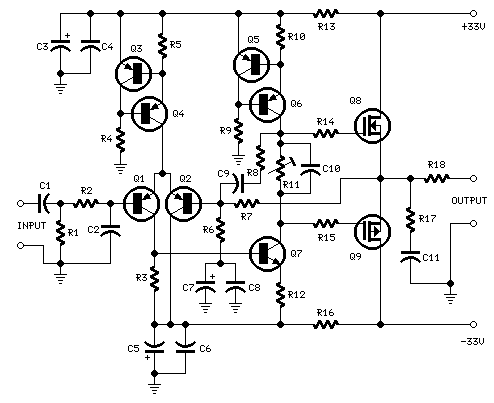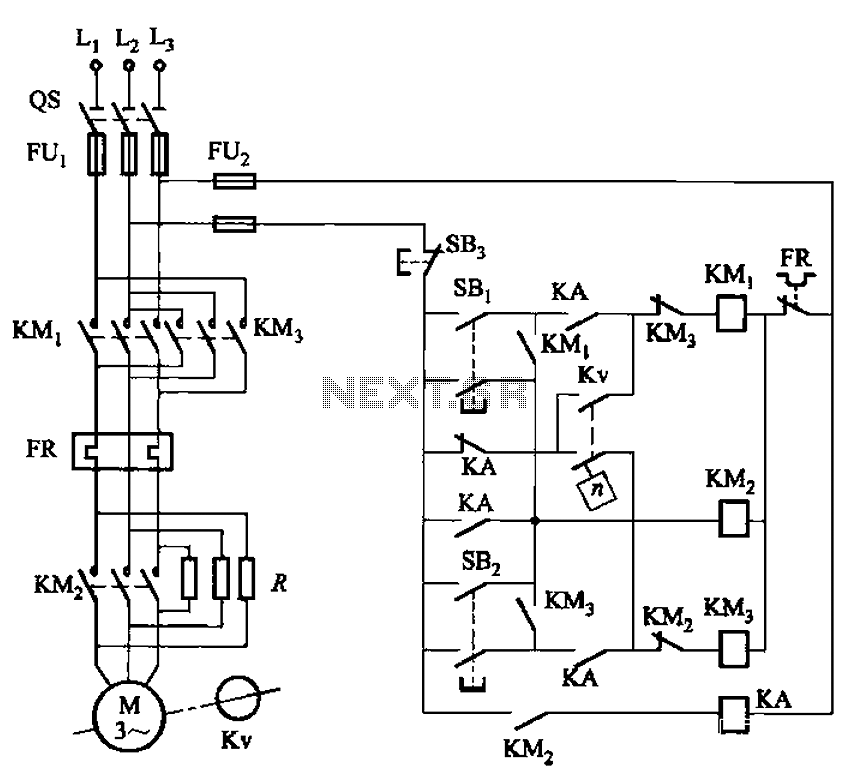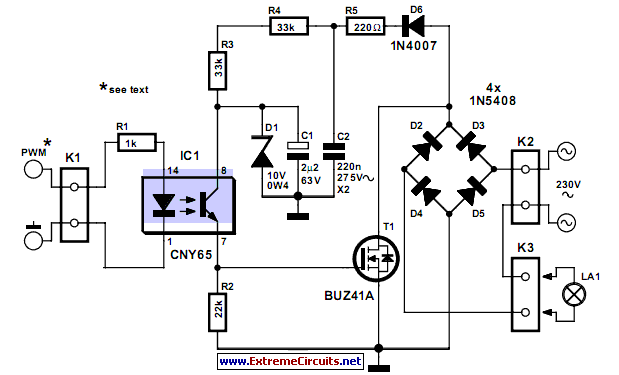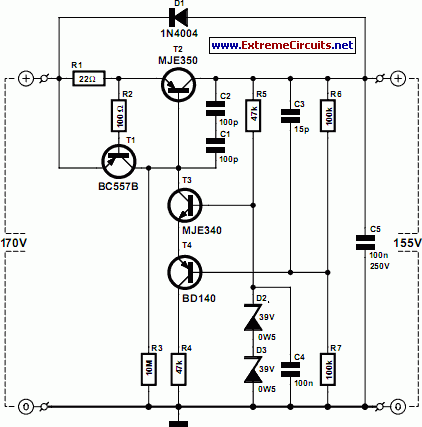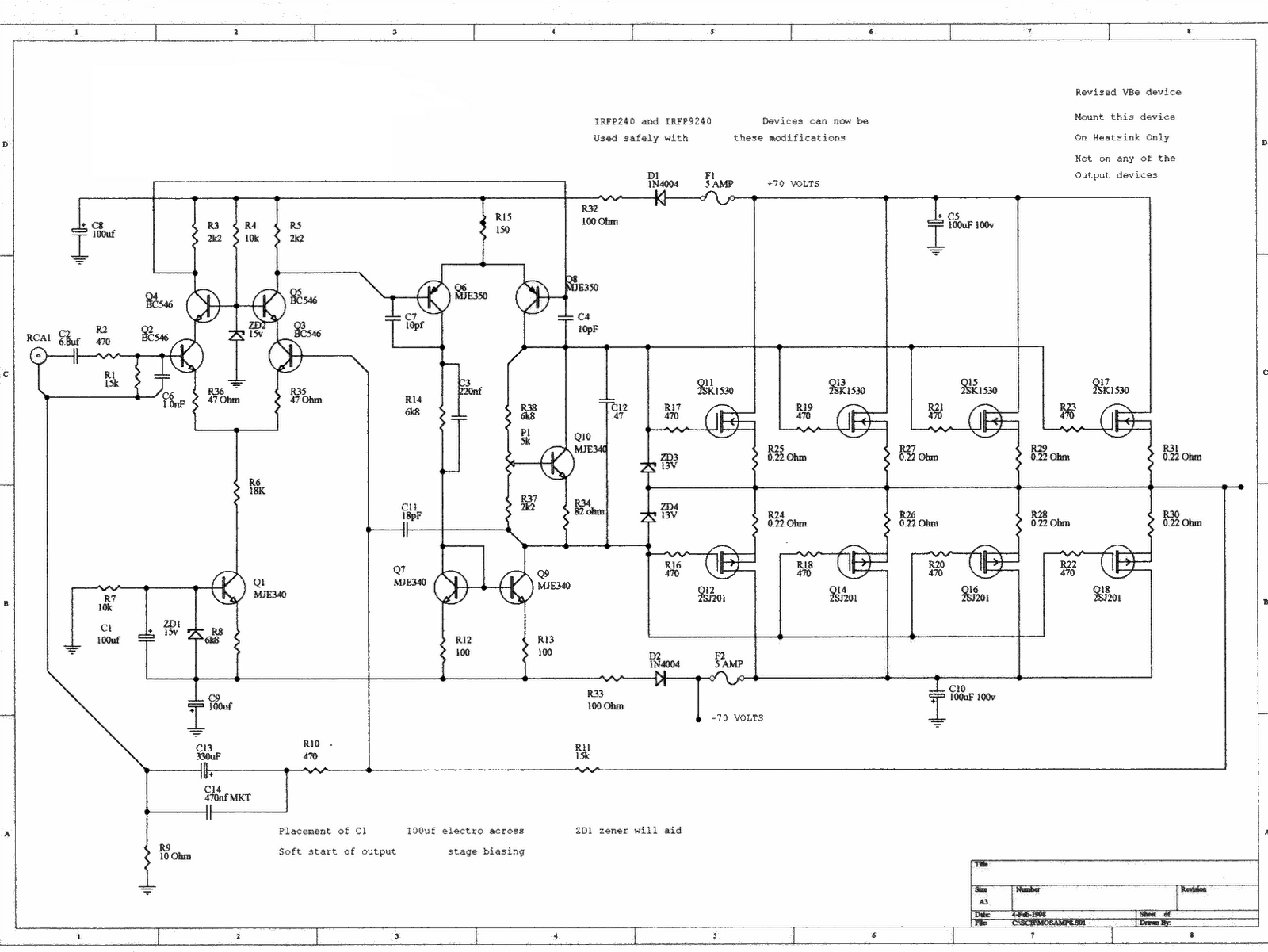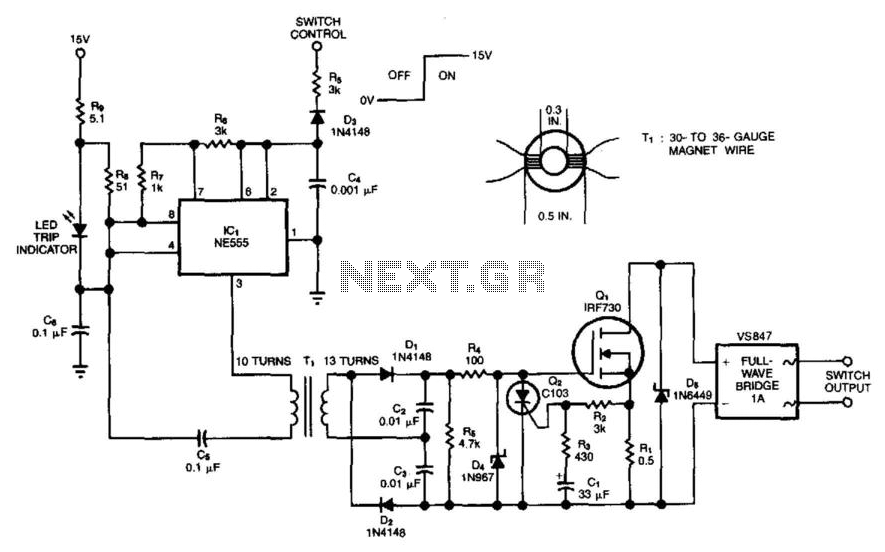
mosfet Reverse polarity protection
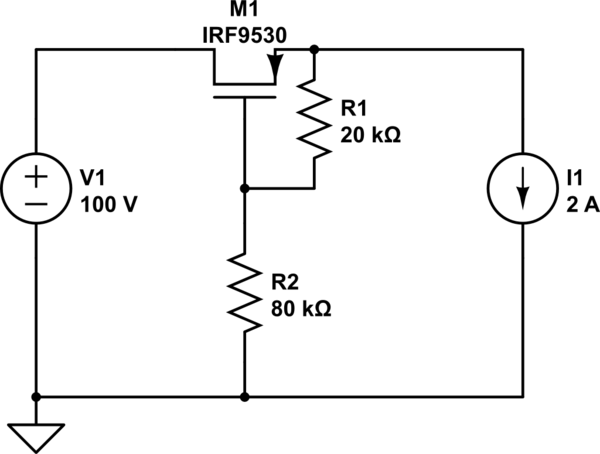
When a reverse voltage of 10V is applied to the source while the drain is grounded, the gate-source voltage (Vgs) becomes -10V. This voltage is significantly above the threshold, which allows the MOSFET to remain in the saturation region, enabling it to conduct in the opposite direction. However, if the polarity is reversed, the diode will not conduct, resulting in no current flow. Consequently, both the gate and source will be at 10V, leading to Vgs being 0V, which prevents the transistor from turning on. In a scenario where the source is at 10V and both the gate and drain are grounded, Vgs equals -10V. This condition suggests that the MOSFET should conduct, given the typical configuration of a PMOS transistor, although the body diode remains reverse biased.
In the described circuit configuration, the PMOS transistor's behavior under reverse voltage conditions is critical to understanding its operation. When a reverse voltage of 10V is applied to the source, the gate-source voltage (Vgs) is calculated as follows: Vgs = Vg - Vs. If the gate is grounded (0V) and the source is at 10V, then Vgs becomes -10V. This negative Vgs indicates that the PMOS transistor is turned on, as it operates in the saturation region, allowing current to flow from the source to the drain.
However, if the polarity is reversed such that the source is at a lower potential relative to the gate, the body diode of the PMOS transistor may become relevant. The body diode is oriented to allow current flow from the source to the drain under forward bias conditions; thus, if the source is connected to a higher voltage than the gate, the diode remains reverse biased, preventing current flow. As a result, the transistor does not turn on, and Vgs becomes 0V when both the gate and source are at the same potential.
In practical applications, understanding the implications of these voltage conditions is essential for designing circuits that utilize PMOS transistors. The saturation region operation is crucial for applications such as amplifiers and switches, where precise control of the MOSFET's conduction state is necessary. Proper biasing and voltage management are critical to ensure that the transistor operates as intended, avoiding unintended states that could lead to circuit malfunction or inefficiency.When the reverse voltage is applied that is say 10V to Source and the drain is grounded. So now the Vgs is -10V which is well above the threshold and is good enough to keep the MOS in saturation region. So it is conducting in the opposite direction also now. Please correct me if i have saidsomething which is incorrect. Durgaprasad Mar 21 `13 at 4:47 Look back at the schematic. If the polarity is reversed, the diode will not conduct. No current flows, so the gate and source will be at 10V. $V_{gs}=10V-10V=0V$. The transistor does not turn on. Matt Young Mar 21 `13 at 4:53 I got your point with the diode. But when the source is at 10V and gate is grounded and drain is also grounded. Then the Vgs is = -10V. Right So I am thinking that the MOS should conduct (Usual configuration of PMOS), though the body diode is reverse biased. Durgaprasad Mar 21 `13 at 5:12 🔗 External reference
In the described circuit configuration, the PMOS transistor's behavior under reverse voltage conditions is critical to understanding its operation. When a reverse voltage of 10V is applied to the source, the gate-source voltage (Vgs) is calculated as follows: Vgs = Vg - Vs. If the gate is grounded (0V) and the source is at 10V, then Vgs becomes -10V. This negative Vgs indicates that the PMOS transistor is turned on, as it operates in the saturation region, allowing current to flow from the source to the drain.
However, if the polarity is reversed such that the source is at a lower potential relative to the gate, the body diode of the PMOS transistor may become relevant. The body diode is oriented to allow current flow from the source to the drain under forward bias conditions; thus, if the source is connected to a higher voltage than the gate, the diode remains reverse biased, preventing current flow. As a result, the transistor does not turn on, and Vgs becomes 0V when both the gate and source are at the same potential.
In practical applications, understanding the implications of these voltage conditions is essential for designing circuits that utilize PMOS transistors. The saturation region operation is crucial for applications such as amplifiers and switches, where precise control of the MOSFET's conduction state is necessary. Proper biasing and voltage management are critical to ensure that the transistor operates as intended, avoiding unintended states that could lead to circuit malfunction or inefficiency.When the reverse voltage is applied that is say 10V to Source and the drain is grounded. So now the Vgs is -10V which is well above the threshold and is good enough to keep the MOS in saturation region. So it is conducting in the opposite direction also now. Please correct me if i have saidsomething which is incorrect. Durgaprasad Mar 21 `13 at 4:47 Look back at the schematic. If the polarity is reversed, the diode will not conduct. No current flows, so the gate and source will be at 10V. $V_{gs}=10V-10V=0V$. The transistor does not turn on. Matt Young Mar 21 `13 at 4:53 I got your point with the diode. But when the source is at 10V and gate is grounded and drain is also grounded. Then the Vgs is = -10V. Right So I am thinking that the MOS should conduct (Usual configuration of PMOS), though the body diode is reverse biased. Durgaprasad Mar 21 `13 at 5:12 🔗 External reference
